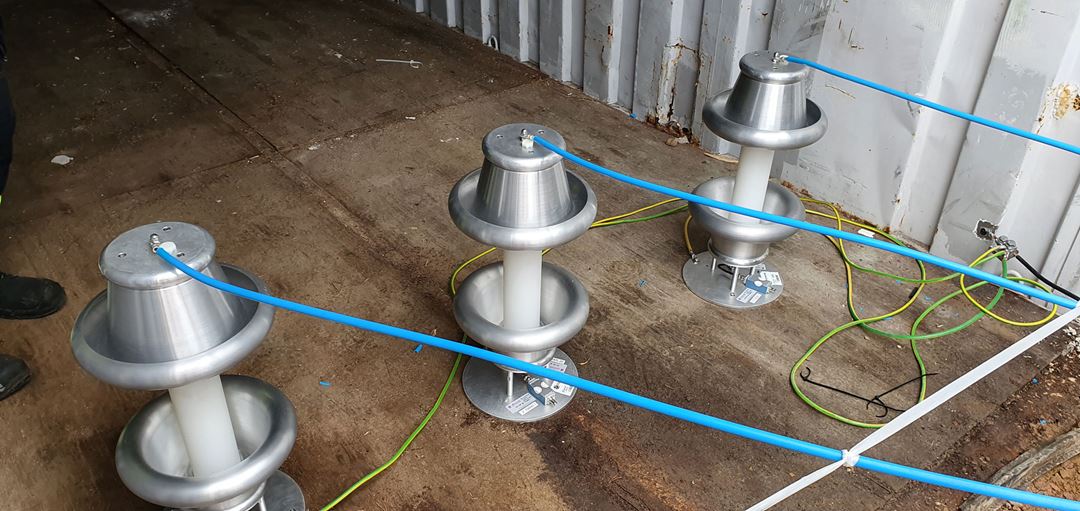The instrumentation fleet is adapted for measuring stationary (50/60 Hz), harmonics, and transient waveforms. We also have equipment for measurement of magnetic fields.
Voltage quality problems can be a result of power electronic converters, while equipment failure can be caused by switching operations.
Measurements are an indispensable tool for root-cause analysis (RCA) and selection of appropriate remedies, e.g., following equipment failure. A measurement is often what it takes to determine the underlying phenomenon involved and the severity of the equipment stresses. The understanding of the problem will usually be much more reliable than what can be achieved by computer simulations alone.

We perform measurement of voltage and current at 50 Hz, harmonics, and at high frequencies. Our equipment is adapted for use at different levels of voltage and current, and at different frequency ranges.
Where
- Electric power systems at grid owners and industry (high-voltage, low-voltage)
- Direct measurements at high-voltage (12kV – 24kV – 36 kV)
- 230V – 400V – 690V
- Direct measurement at high voltage is performed using voltage dividers, with excellent accuracy from DC to above MHz. The voltage dividers are connected to monitoring equipment (storage oscilloscopes) via a wide-band fiber optic transmission system, thereby ensuring galvanic separation and safety for the operating personnel.
- Current measurements are performed using Rogowski coils that are clamped over the current-carrying conductors. The measurements have a very good accuracy from below 50 Hz to 10-15 MHz, and for currents up to 120 kA. Fiber optic transmission is used for safe operation.
What
- Monitoring and storage of switching transients (voltages, currents)
- High-frequency waveform registrations
- Grid analysis – voltage quality
- Waveform registrations
- Magnetic field measurements
- 50 Hz magnetic fields: in buildings, nearby overhead lines, cable systrems, etc.
Applications
- Component failure root-cause analysis.
- Measurements as basis for further analysis/calculations.
- Third party verification.

Example of measured overvoltages when switching a circuit breaker in a substation.

To obtain accurate measurements, one connects directly to high voltage using dedicated voltage dividers.


